Iconic movie scenes have a unique power to transcend time, genre, and audience. From the chilling suspense of Hitchcock’s shower scene in Psycho to the uplifting mountaintop twirl in The Sound of Music, these moments not only define films but also shape our collective imagination. At Scene Flow – Scenlo, we explore how these unforgettable scenes are crafted, why they resonate, and the lasting legacy they leave on storytelling and culture.
The Anatomy of an Iconic Movie Scene
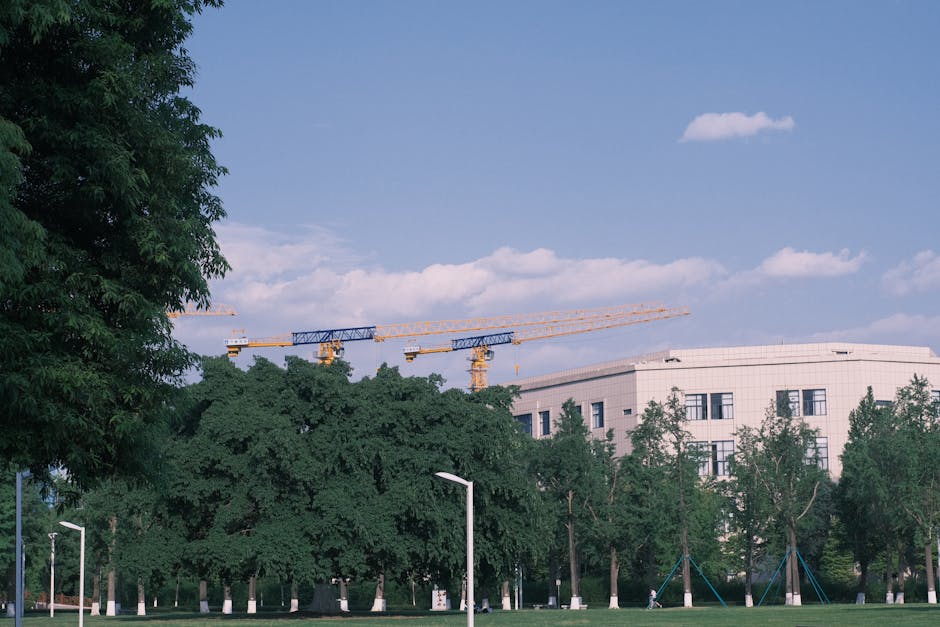
Photo by Junchen Zhou on Pexels
What makes a movie scene truly iconic? It is rarely a single element, but rather the harmonious blend of direction, performance, cinematography, music, and cultural context. An iconic scene often distills the essence of a film into a moment that lingers in the mind long after the credits roll.
Take, for example, the “Rosebud” revelation in Citizen Kane. The camera lingers on a simple object, yet the weight of the entire narrative converges in that single shot. Similarly, the pottery wheel scene in Ghost fuses romance, supernatural intrigue, and vulnerability, creating an image that has been endlessly parodied and referenced. These scenes are meticulously constructed, with every detail serving to heighten emotional impact and narrative significance.
Directors and screenwriters often use visual motifs, strategic pacing, and evocative sound design to etch these moments into cinematic history. The artistry lies in balancing spectacle with substance, ensuring that the scene serves both the story and the audience’s memory. Iconic scenes are not just visually stunning—they encapsulate the film’s core themes, making them instantly recognizable and universally resonant.
Case Studies: Breaking Down Legendary Scenes
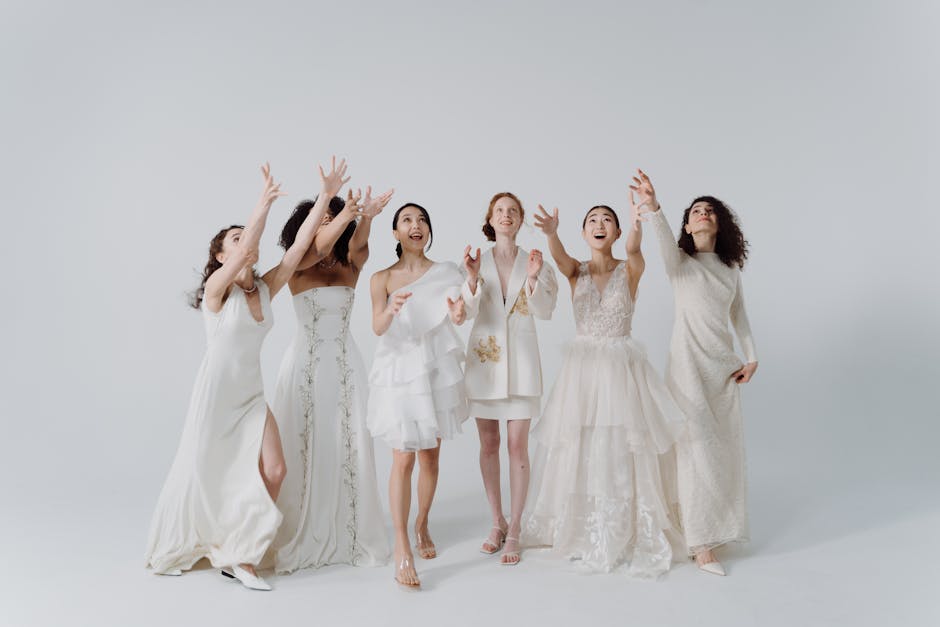
Photo by cottonbro studio on Pexels
To understand the enduring appeal of iconic movie scenes, it’s instructive to analyze a few celebrated examples in detail. Consider the upside-down kiss in Spider-Man (2002). This scene, set against the backdrop of a rain-soaked alley, redefined superhero romance and became a template for cinematic intimacy. The choreography, camera angles, and subtle performances all contribute to its lasting allure.
Another legendary moment is the chestburster scene in Alien (1979). Ridley Scott’s masterful use of suspense, practical effects, and genuine actor reactions (many of whom were unaware of the full extent of the scene’s horror) resulted in a visceral, unforgettable experience. This scene didn’t just shock audiences—it set a new standard for sci-fi horror and influenced countless films that followed.
Heath Ledger’s “Why so serious?” in The Dark Knight (2008) is another example. Ledger’s performance, combined with the scene’s unsettling tone and sharp dialogue, redefined the portrayal of villains in modern cinema. The Joker’s twisted philosophy is distilled into a single phrase, making it a cultural touchstone and a meme that continues to circulate today.
Cultural Impact: How Iconic Scenes Shape Pop Culture
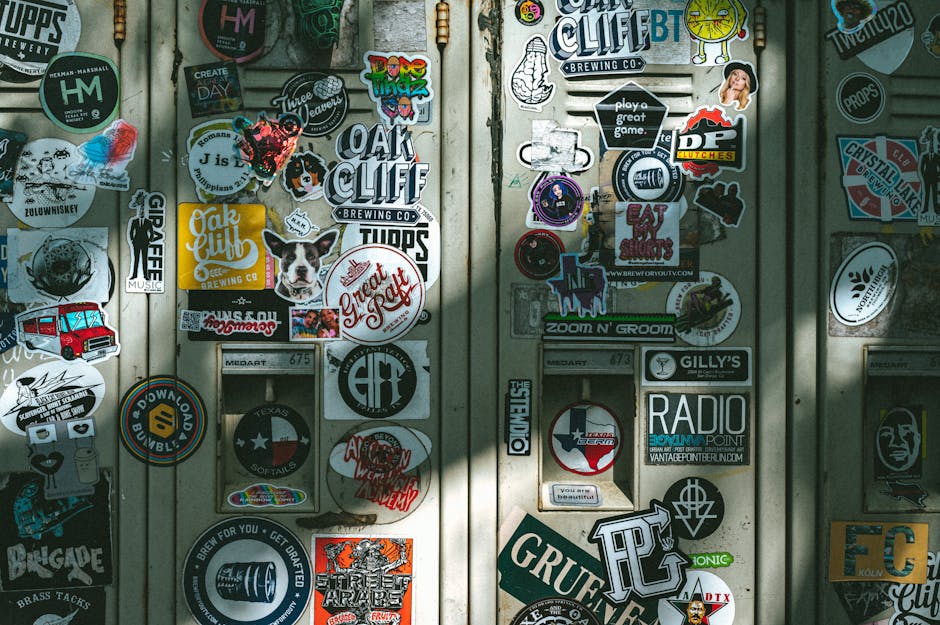
Photo by Alfo Medeiros on Pexels
Iconic movie scenes do more than entertain—they become embedded in popular culture, influencing everything from fashion to language. The shower scene in Psycho not only revolutionized horror filmmaking but also introduced new ways to build suspense. Its imagery has been parodied in cartoons, referenced in music videos, and analyzed in academic circles for decades.
Julie Andrews spinning on a mountaintop in The Sound of Music is another example of a scene that transcended its genre. The sense of freedom and joy captured in that moment inspired not only future musicals but also advertising campaigns and fashion editorials. The scene’s influence can be seen in the way musicals are staged and shot even today.
Elsa’s transformation in Frozen, punctuated by the song “Let It Go,” sparked a cultural phenomenon. The scene empowered a generation to embrace their uniqueness and inspired a wave of Elsa-themed merchandise, costumes, and social media tributes. The resonance of this moment illustrates how film can drive social trends and foster emotional connections across demographics.
Storytelling Techniques Behind Iconic Moments
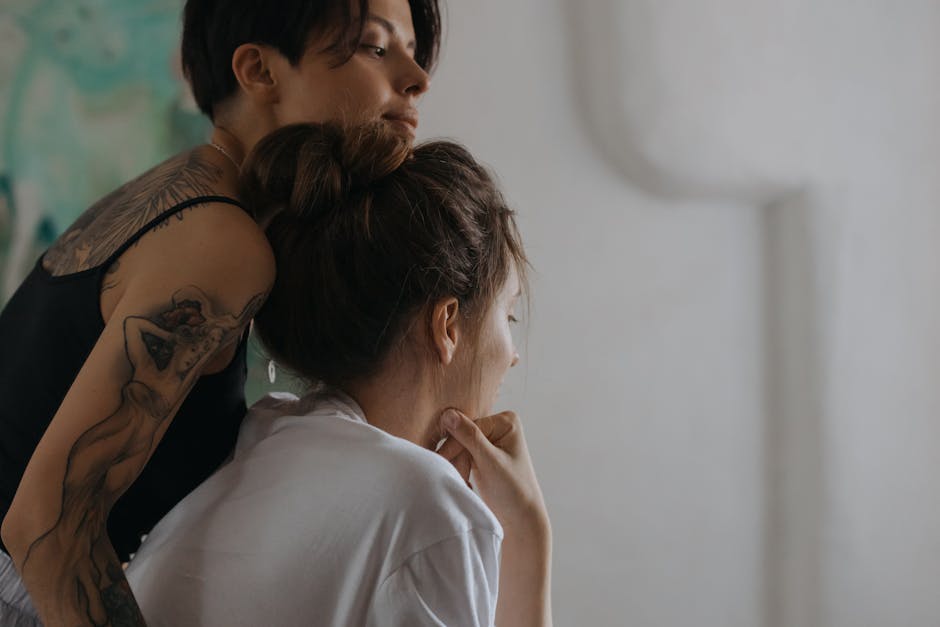
Photo by cottonbro studio on Pexels
Behind every iconic scene lies a series of deliberate storytelling choices. Directors often employ visual symbolism, unique camera work, and musical cues to amplify the scene’s emotional weight. For example, the use of mirrors in Taxi Driver’s “You talkin’ to me?” scene creates a sense of isolation and internal conflict, mirroring Travis Bickle’s fractured psyche.
In Beauty and the Beast, the “Be Our Guest” sequence uses vibrant animation, dynamic choreography, and catchy music to immerse viewers in the magical world of the castle. This scene not only advances the plot but also showcases the film’s creative ambition, making it a standout moment in animation history.
Directors also play with audience expectations, subverting tropes to create surprise and lasting impact. The chestburster scene in Alien upends the safety of a communal meal, turning it into a moment of terror. Such subversions are key to crafting scenes that stick with viewers and invite repeated analysis.
The Evolution of Iconic Scenes in Modern Cinema
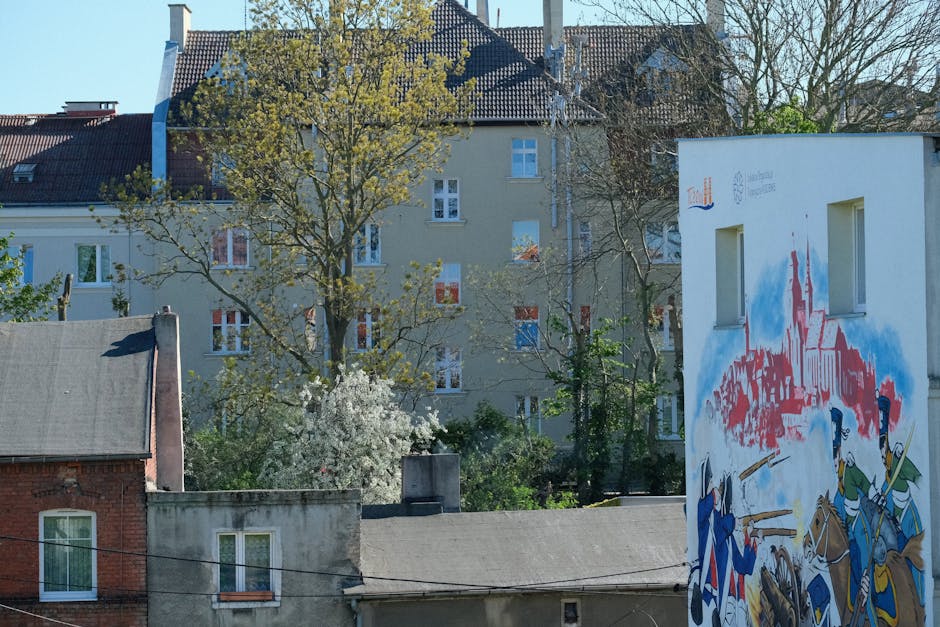
Photo by Roman Biernacki on Pexels
While classic films laid the groundwork, modern cinema continues to produce scenes that capture the zeitgeist. Advances in technology, changes in audience sensibilities, and the rise of new genres have all contributed to the evolution of what makes a scene iconic.
For instance, the visual spectacle of superhero films like Avengers: Endgame delivers crowd-pleasing moments that become instantly meme-worthy. The blip and subsequent return of beloved characters are crafted for maximum emotional payoff, leveraging both nostalgia and cutting-edge effects. Meanwhile, streaming platforms have enabled TV shows to create their own iconic scenes, such as the “Red Wedding” in Game of Thrones, which shocked audiences worldwide and spawned countless reactions online.
Social media has also accelerated the spread of iconic scenes, allowing moments to be shared, remixed, and reinterpreted by fans across the globe. This democratization of cultural influence ensures that new iconic scenes are constantly emerging, shaped by both creators and audiences.
Why Iconic Scenes Endure: The Psychology of Lasting Impact

Photo by MART PRODUCTION on Pexels
The enduring power of iconic movie scenes lies in their ability to tap into universal emotions and archetypes. Whether it’s fear, joy, love, or awe, these moments resonate because they speak to fundamental aspects of the human experience. The combination of sensory stimulation—visual, auditory, and narrative—creates a multi-layered memory that is difficult to forget.
Research in psychology suggests that emotionally charged experiences are more likely to be retained in long-term memory. Iconic scenes often occur at pivotal points in a story, heightening their emotional impact and ensuring they are etched into viewers’ minds. The repetition of these scenes in popular culture—through parodies, homages, and references—reinforces their significance and keeps them relevant for new generations.
Moreover, iconic scenes often become shared cultural touchstones, providing a common language for audiences to connect and communicate. Quoting a line from The Dark Knight or referencing the pottery wheel in Ghost instantly evokes a shared understanding, strengthening social bonds and collective nostalgia.
Conclusion: The Lasting Legacy of Iconic Movie Scenes

Photo by khezez | خزاز on Pexels
Iconic movie scenes are more than just memorable moments—they are the building blocks of film history and cultural identity. Through careful analysis, we can appreciate the artistry, intention, and impact behind these scenes, understanding why they continue to inspire, entertain, and unite audiences around the world.
As cinema continues to evolve, new iconic moments will emerge, shaped by changing technologies and shifting cultural landscapes. Yet the essence remains the same: a powerful scene, crafted with care, has the ability to transcend its medium and become a lasting part of our collective story.
Sources
- https://thescriptlab.com/blogs/34080-the-most-iconic-movie-scenes-of-all-time/
- https://nofilmschool.com/movies-scenes-pop-culture
- https://www.mudandinkteaching.org/news/rhetoricalanalysismovies
- https://www.youtube.com/watch?v=W5DKvvl8C0E
- https://www.youtube.com/playlist?list=PLuzLXckPeyCAc9ZHNzTXev7dsdrakHFyn

